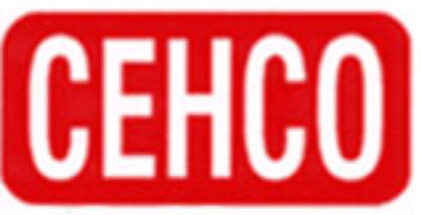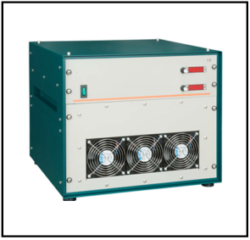A regulated power supply is an electronic device or circuit that provides a stable and constant output voltage or current, regardless of variations in the input voltage or load conditions. Regulated power supplies are widely used in various electronic applications, including powering electronic devices, test and measurement equipment, and as a power source for many electronic circuits. Here are some key aspects and features of regulated power supplies:
-
Voltage Regulation:
- Voltage regulation is the primary function of a regulated power supply. It ensures that the output voltage remains constant within a specified tolerance range, even if the input voltage or load changes.
- Common voltage regulation standards include ±1%, ±2%, or ±5%, depending on the application’s requirements.
-
Current Limiting:
- Many regulated power supplies offer current limiting capabilities. This means that they can limit the maximum current delivered to a load to protect the load from excessive current and prevent damage.
-
Adjustability:
- Some regulated power supplies are adjustable, allowing users to set the desired output voltage or current within a specified range. These adjustable power supplies are valuable for various applications, as they can be fine-tuned to meet specific requirements.
-
Multiple Output Channels:
- Some power supplies have multiple output channels, allowing them to provide multiple regulated voltage or current outputs simultaneously. This feature is useful in applications where different voltage levels are needed.
-
Ripple and Noise Suppression:
- Regulated power supplies are designed to minimize ripple and noise in the output voltage. Low ripple and noise levels are crucial for powering sensitive electronic circuits without introducing unwanted interference.
-
Overvoltage and Overcurrent Protection:
- Many regulated power supplies incorporate overvoltage and overcurrent protection mechanisms to safeguard the connected equipment from potential damage due to voltage spikes or excessive current.
-
Remote Control and Monitoring:
- Some models offer remote control and monitoring capabilities through interfaces like USB, Ethernet, GPIB (General-Purpose Interface Bus), or RS-232. This enables integration into automated test systems and allows for remote adjustment and monitoring.
-
Display and User Interface:
- Regulated power supplies typically feature user-friendly displays and controls for setting and monitoring output parameters, such as voltage and current.
-
Efficiency:
- High efficiency is desirable to minimize power wastage and heat generation. More efficient power supplies are also often smaller and require less cooling.
-
Applications:
- Regulated power supplies find applications in a wide range of industries, including electronics testing and development, telecommunications, manufacturing, research laboratories, and educational institutions.
-
Types of Regulated Power Supplies:
- There are various types of regulated power supplies, including linear power supplies and switching power supplies. Linear power supplies are known for their low noise and simplicity but may be less efficient. Switching power supplies are more efficient and compact but may have slightly higher output noise.
When selecting a regulated power supply, it’s important to consider the specific voltage and current requirements of your application, as well as any additional features that may be necessary to meet your needs. Different manufacturers offer a variety of models with varying specifications and capabilities.

